

The Catholic Mass traces its origins back to the Last Supper, when Jesus Christ instituted the Eucharist. Since then, the Mass has been celebrated by Catholic Christians around the world, spanning time, cultures, and history.
For those who aren’t familiar with the Mass, the many elements that comprise this form of worship can seem overwhelming and mysterious. And for those who have attended Mass regularly, it can be easy to take some of these elements for granted.
In this article, we’ll describe the two main liturgies of the Roman Catholic Mass (and the individual elements that make up those liturgies), as well as the opening and closing rites. But first, an answer to a frequently asked question about the Mass…
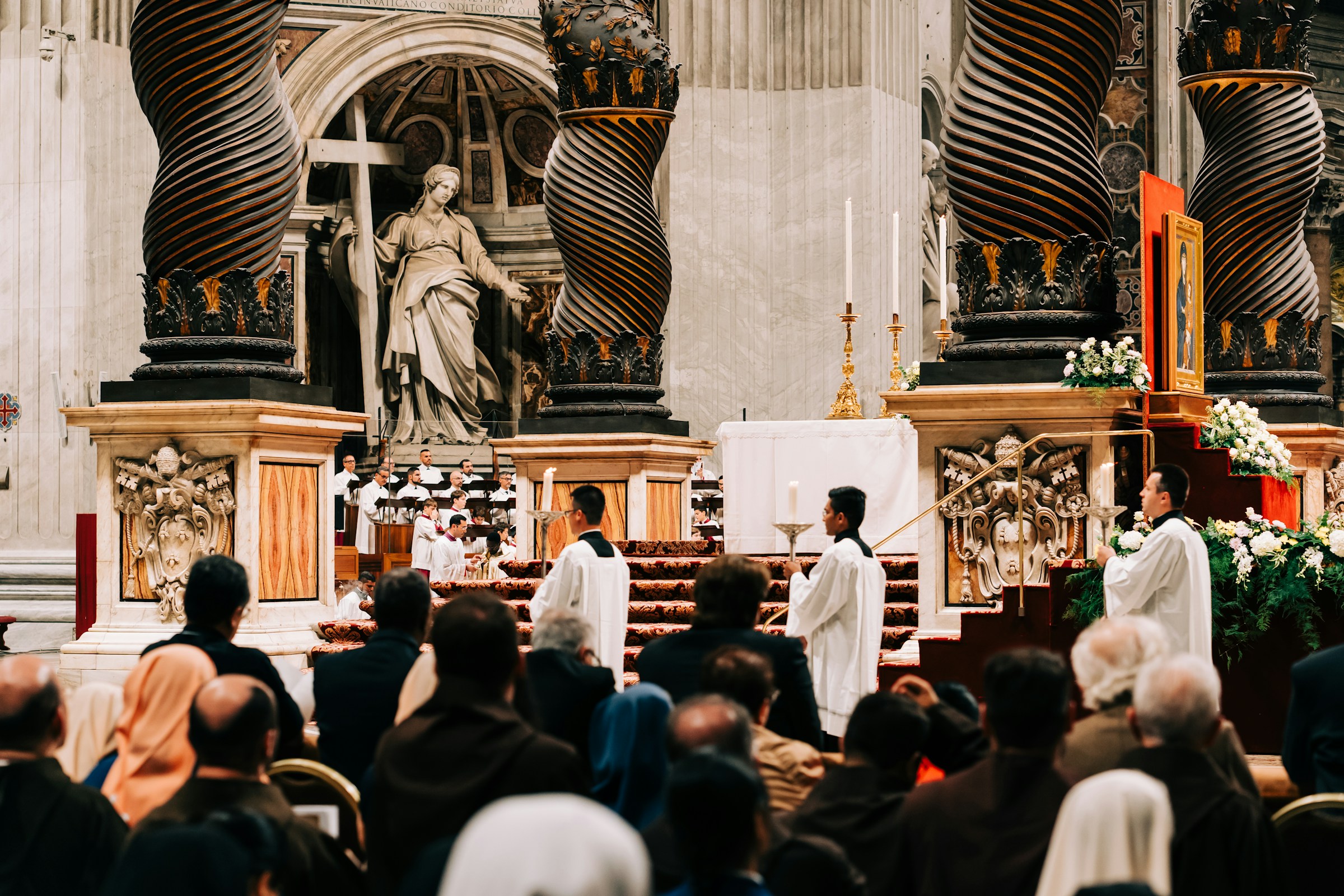
Sunday Masses in the Roman Catholic rite take about an hour (Masses in other rites vary in length, but that’s another topic for another post!). Daily Masses are shorter, as they usually omit music and sometimes the homily, making them last approximately 20–35 minutes. When a solemnity falls during the week, the Mass is treated like a Sunday Mass.
Though daily Masses are often brief in length, they are no less reverent than Sunday Masses or Masses on solemnities. But the “trimmed-down” format provides flexibility for the parish to not have to prepare and provide music seven days a week, and it also allows priests the option to not have to prepare a homily every single day, either. Plus, shorter Masses make it more feasible for the faithful to attend in the midst of their daily responsibilities. Daily Mass times often take the workweek into account, and are usually offered early in the morning and/or midday.
The Mass is composed of two liturgies—the Liturgy of the Word and the Liturgy of the Eucharist—bookended by introductory and concluding rites. The order of the Mass is as follows:
Below, we will explore each of these elements of the Mass more in-depth.
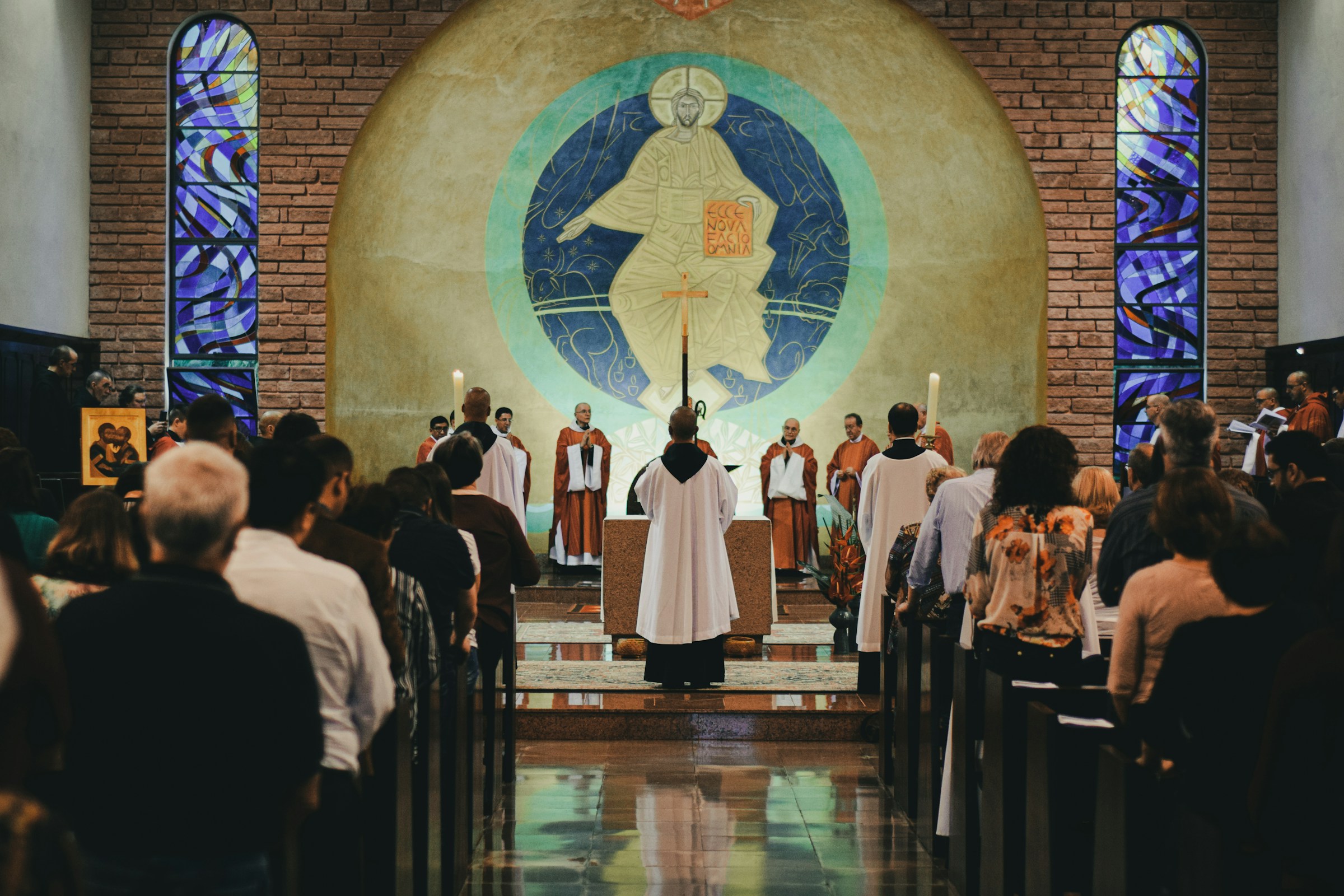
The Introductory Rites, as their name implies, are at the beginning of Mass and consist of the following:
The priest, usually accompanied by a deacon and altar servers, processes in during the entrance chant or hymn, which is sung by the cantor and congregation. After the hymn, the priest will open the Mass as everyone makes the Sign of the Cross, beginning “In the Name of the Father, and of the Son, and of the Holy Spirit.” The priest then formally greets the faithful before inviting them to reflect on their sins in preparation for the Penitential Act, when the priest and faithful together invoke God’s mercy and forgiveness.
Next comes the Gloria, which is either chanted or sung by the entire congregation (on Sundays and Solemnities only). The first lines of the Gloria are derived directly from Luke chapter 2, when the angels said, “Glory to God in the highest, and on earth peace to people of goodwill.” Afterwards, the priest will pray the collect, a brief prayer that precedes the next part of the Mass: the Liturgy of the Word.
One of the two major parts of the Mass, the Liturgy of the Word includes several readings of Sacred Scripture (including an additional reading during the Sunday liturgy):
A lector will read the Old and New Testament readings, while the cantor and the congregation chant the Psalm in a call-and-response format.
A responsorial “hallelujah” precedes the Gospel reading, which is read by the deacon or priest (the “hallelujah” is omitted during Lent). The priest will then give the homily, which is a brief sermon reflecting on the themes of the Scripture reading. After the homily, the priest or deacon will sit down and observe a few moments of silence, allowing the congregation to meditate on what they just heard.
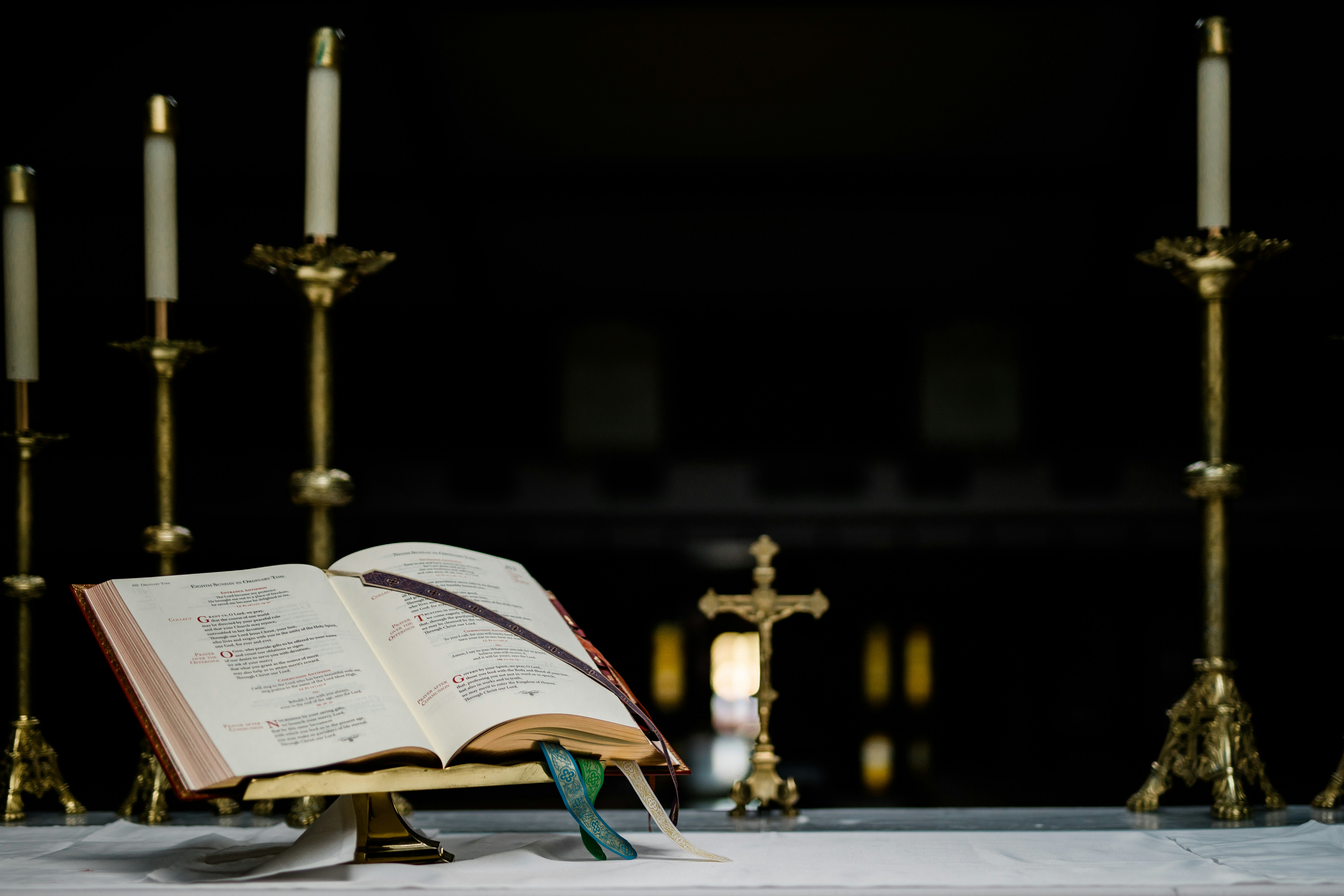
When the priest stands, the faithful will rise and profess together their Catholic faith by reciting the Creed (on Sundays and Solemnities only)—either the Nicene Creed or the shorter Apostles’ Creed.
Next, the priest or deacon will offer the Universal Prayer or Prayer of the Faithful. According to the United States Conference of Catholic Bishops, these intentions usually include prayers:
If the Mass is being offered for a special intention, that intention will also be included here. These are usually for the repose of the soul of a deceased parishioner or the loved one of a parishioner, or in honor of an anniversary or special occasion.
As the faithful are fed with God’s Word in the Scriptures during the Liturgy of the Word, now they will be fed with God’s Word made flesh through Jesus’ Real Presence in the Eucharist. The Liturgy of the Eucharist consists of many elements, but most of them only take a few minutes, making this liturgy similar in length to the Liturgy of the Word.
The gifts are presented, which includes both the monetary offerings from the congregation as well as the bread and wine that will be used in the Communion rite. The priest then prepares the altar before praying over the offerings and beginning the Eucharistic prayer.
The Eucharistic prayer is preceded by a preface as well as the congregation’s response of, “Holy, holy, holy, Lord God of hosts, heaven and earth are full of your glory. Blessed is he who comes in the name of the Lord. Hosanna in the highest.” The priest begins the first half of the Eucharistic prayer, including the Consecration, when the bread and wine become the Body and Blood of Jesus in a process known as transubstantiation.
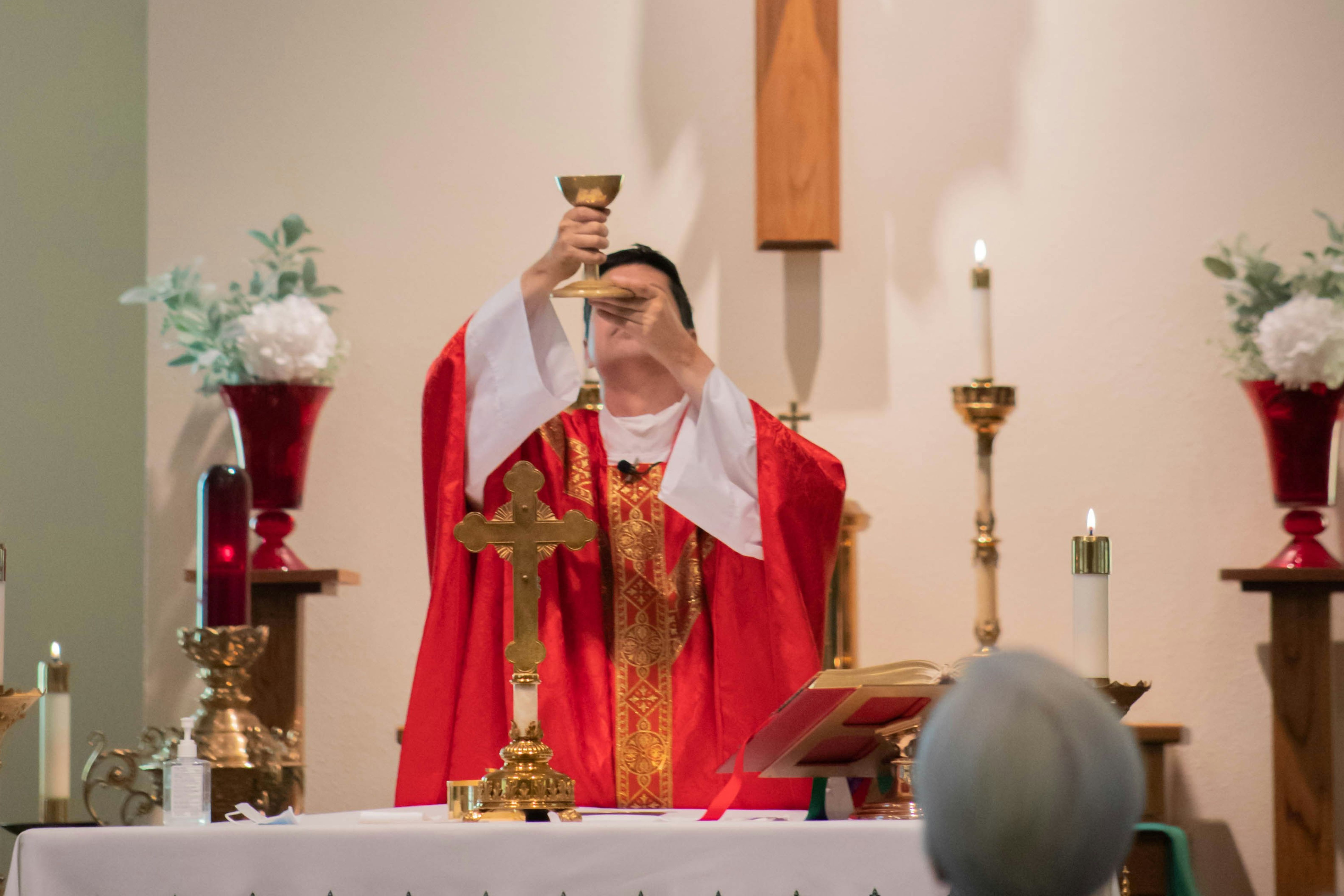
In response, the congregation prays the Mystery of Faith, which is a Eucharistic Acclamation encapsulating the basic mystery of the Gospel: Jesus’ Death, Resurrection, and promise to come again. The priest then concludes the second half of the Eucharistic prayer with a doxology.
After this, the priest and congregation together pray the Lord’s Prayer and often exchange a Sign of Peace following it. Then, they pray the Agnus Dei, or “Lamb of God,” before the priest raises the consecrated host and chalice, declaring to the congregation, “Behold the Lamb of God; behold him who takes away the sins of the world. Blessed are those who are called to the Supper of the Lamb.”
The congregation responds: “Lord, I am not worthy that you should enter under my roof, but only say the word and my soul shall be healed.” They process to the front of the church to receive Communion before returning to their pews to pray silently. A Communion chant or hymn is often sung during this time. After the priest has finished distributing Communion, he will clean up the altar and sacred vessels before returning to his seat and pausing in a few moments of silence with the rest of the congregants. Lastly, he will rise and pray the Prayer after Communion, which concludes the Liturgy of the Eucharist.
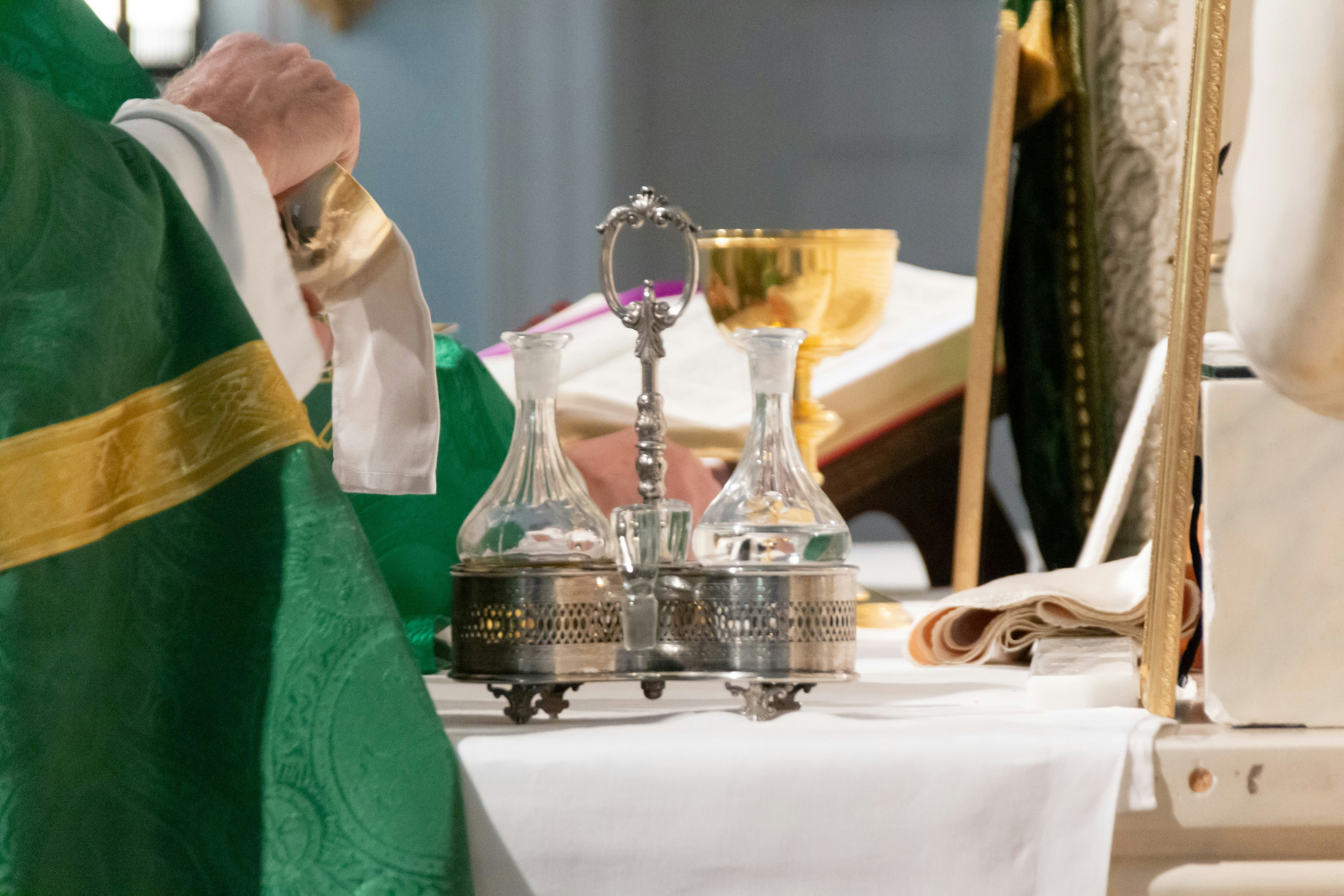
Similar to the Introductory Rites, the Concluding Rites are relatively brief and only include up to three parts:
If there are any announcements relevant to the parish community, the priest may share them at this time. Otherwise, he will greet the people and then bless them while they make the Sign of the Cross. On solemn occasions, such as Christmas or Easter, he may give a Solemn Blessing, which the congregants will bow down to receive.
To end the Mass, the priest will give a final dismissal, urging the worshipers to go in peace and share the good news of what they’ve just received. A recessional hymn will accompany the priest and any deacons or altar servers as they process out of the church, and many congregants will remain to sing along and then pray silently in their pews before leaving.
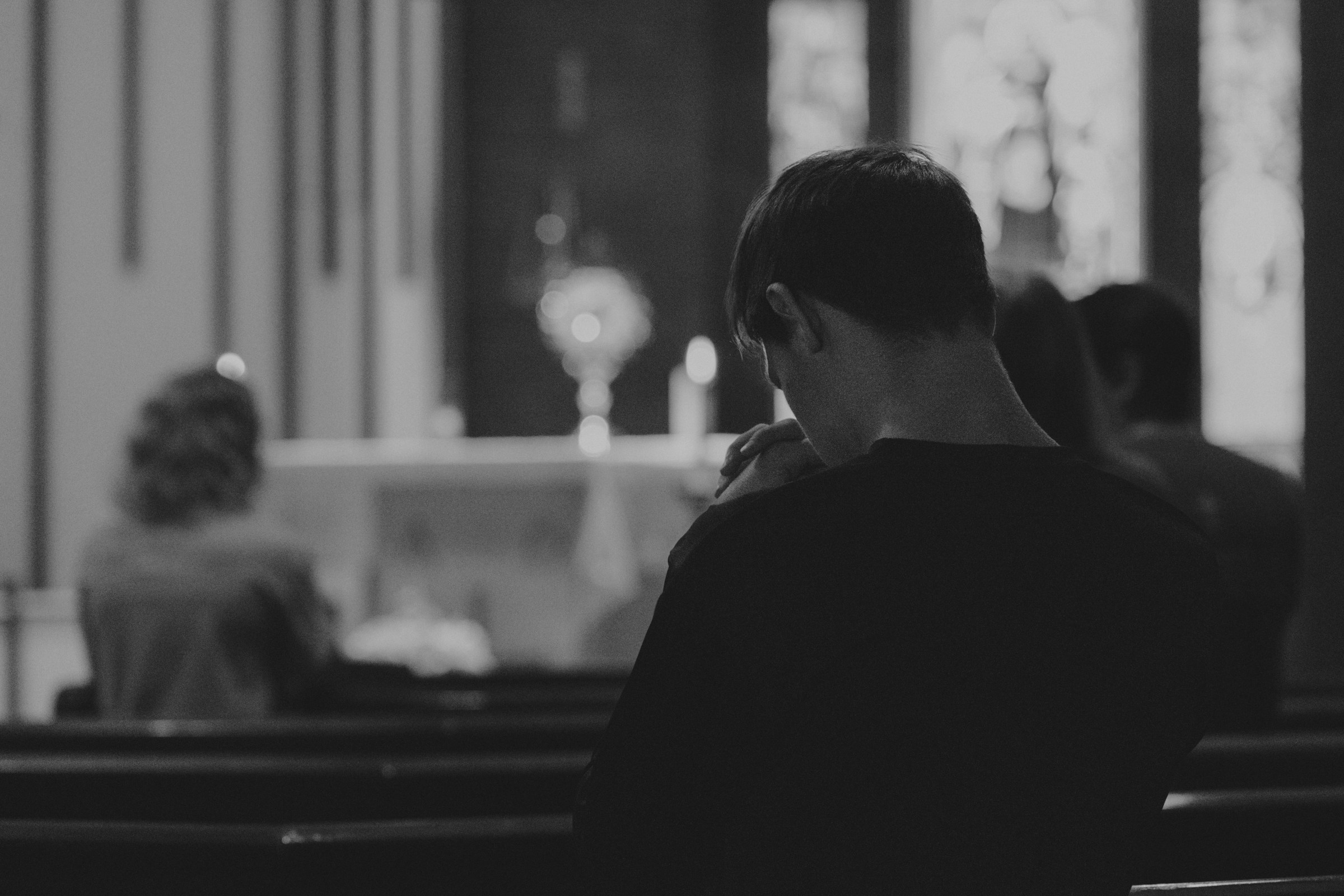
Understanding the elements that make up the Mass falls far short of doing the Mass justice! The beauty of the liturgy is something that cannot be fully explained but only experienced. If you’re not a regular Mass attendee, or if you’ve never been to Mass at all, consider visiting a local parish to experience the Mass for yourself. You can also watch the daily Mass on CatholicTV as well as Sunday Masses.
Before you attend Mass in person or watch online, say a prayer asking God to show you what he wants you to learn from this experience. You may be surprised at what he has in store for you!